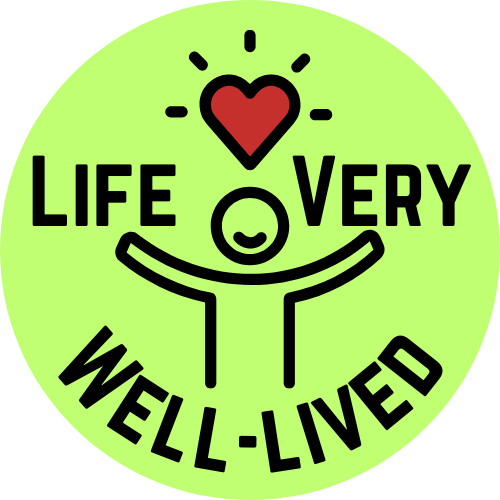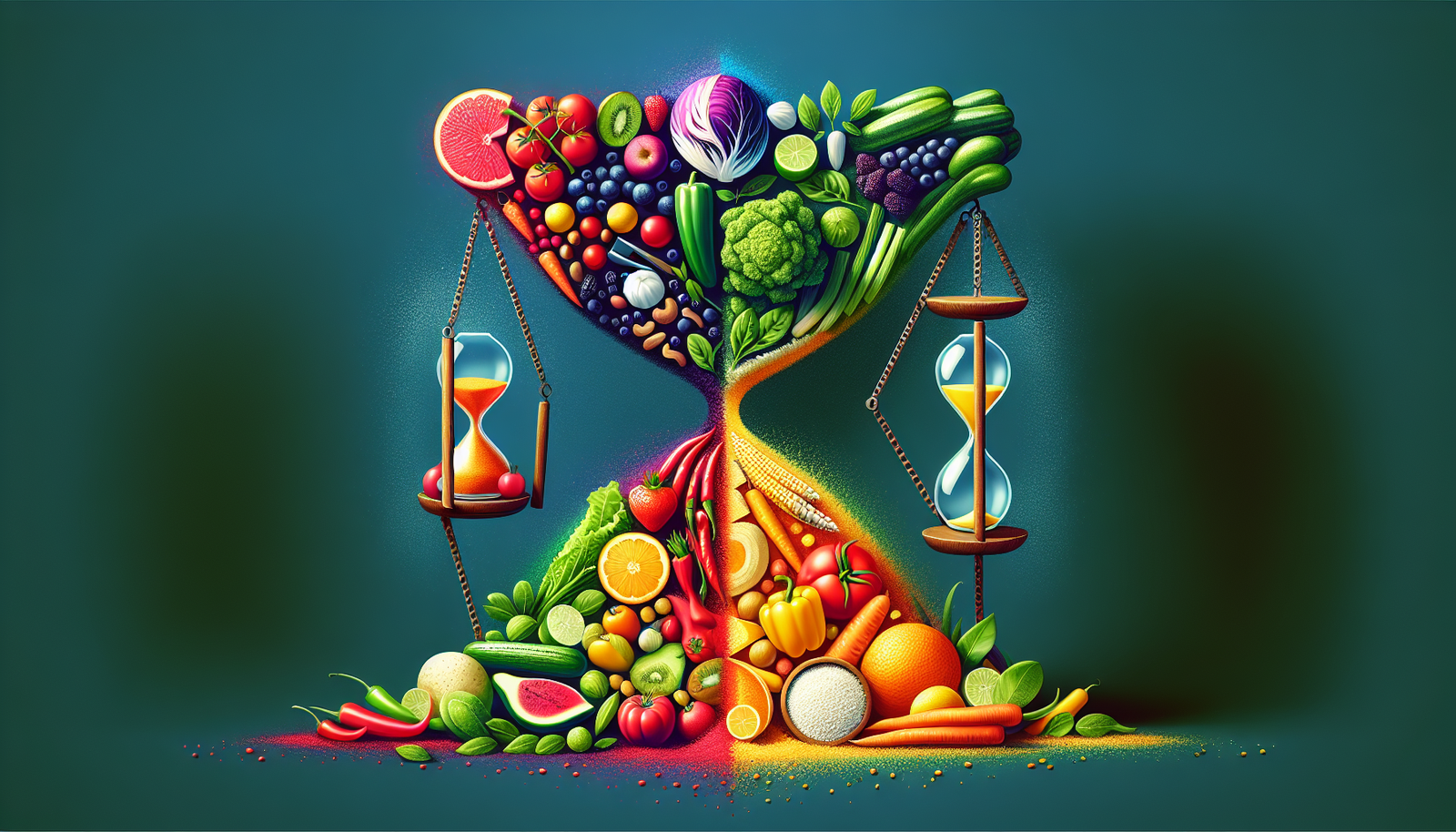In the realm of health and fitness, one key component that often stands out is nutrition. With the goal of weight loss and management in mind, it becomes crucial to approach our dietary habits strategically. This article aims to shed light on various nutrition tips that can aid us in our journey towards achieving optimal physical well-being. By understanding the significance of a balanced diet and incorporating healthy eating habits, individuals can pave the way for long-term weight loss and successful weight management.
Nutrition Tips for Weight Loss and Management
When it comes to weight loss and management, nutrition plays a crucial role. By making informed choices about our daily food intake, we can create a calorie deficit, balance macronutrients, incorporate fiber-rich foods, increase protein consumption, prioritize whole grains, choose healthy fats, practice mindful eating, manage portion sizes, and address emotional eating. By following these guidelines, we can optimize our nutrition for weight loss and maintain a healthy lifestyle.

1. Creating a Calorie Deficit
Understanding Caloric Deficit
One of the fundamental principles of weight loss is creating a calorie deficit, which means consuming fewer calories than we expend. This deficit forces our body to burn stored fat for energy, resulting in weight loss over time. To achieve a calorie deficit, we need to calculate our daily caloric needs and adjust our food intake accordingly.
Determining Calorie Intake
To determine our daily calorie intake, we can use various formulas and online calculators that take into account factors such as age, gender, height, weight, and activity level. By accurately estimating our caloric needs, we can calculate a suitable calorie deficit for weight loss.
Tracking Your Caloric Intake
To ensure we stay within our caloric deficit, it’s essential to track our daily caloric intake. This can be done using a food diary, mobile applications, or online tools that provide nutritional information. By monitoring our caloric intake, we can identify areas where adjustments may be necessary to maintain the desired calorie deficit.
2. Balancing Macronutrients
Importance of Macronutrients
Macronutrients, including carbohydrates, proteins, and fats, are the building blocks of our diet. Each macronutrient serves a specific purpose and contributes to our overall health and wellbeing. Balancing these macronutrients in our diet is essential for weight loss and management.
Calculating Macronutrient Ratios
The ideal macronutrient ratio for weight loss and management may vary depending on individual goals and preferences. However, a common approach is to follow a balanced diet that includes approximately 40% carbohydrates, 30% proteins, and 30% fats. Adjustments can be made based on personal needs and preferences, under the guidance of a healthcare professional or registered dietitian.
Choosing Healthy Sources of Macronutrients
While balancing macronutrients, it’s crucial to prioritize healthy sources. Opting for whole foods, such as fruits, vegetables, lean proteins, and healthy fats, ensures we meet our nutritional needs while supporting weight loss and overall health. Processed and refined foods should be limited, as they often contain added sugars, unhealthy fats, and artificial additives.
3. Incorporating Fiber-Rich Foods
Benefits of Fiber for Weight Loss
Fiber is a type of carbohydrate that our body cannot fully digest. It adds bulk to our diet, reducing hunger and increasing satiety, which can aid in weight loss. Additionally, fiber-rich foods often have a lower energy density, meaning they provide fewer calories per gram. This makes them a great choice for weight loss and management.
Recommended Fiber Intake
The recommended daily fiber intake is around 25 to 30 grams for adults. However, many individuals fall short of this goal. Increasing our consumption of fruits, vegetables, whole grains, legumes, and seeds can help us reach our fiber goals and promote weight loss and overall digestive health.
Fiber-Rich Food Choices
To incorporate more fiber into our diet, we can focus on adding foods such as berries, broccoli, almonds, chia seeds, quinoa, and lentils. These foods not only provide valuable fiber but also offer a wide range of essential vitamins, minerals, and antioxidants that support our overall health.
4. Increasing Protein Consumption
Role of Protein in Weight Loss
Protein is an essential macronutrient that plays a crucial role in weight loss and management. It increases satiety, helps preserve lean muscle mass, and boosts metabolism. By including adequate protein in our diet, we can support weight loss while maintaining overall health.
Recommended Protein Intake
The recommended protein intake varies depending on factors such as age, sex, weight, and physical activity level. As a general guideline, aiming for around 0.8 grams of protein per kilogram of body weight is often recommended. However, some individuals may benefit from higher protein intakes, especially if they are physically active or trying to build muscle.
Protein-Rich Food Options
To increase protein consumption, we can include foods such as lean meats, poultry, fish, eggs, dairy products, legumes, tofu, and tempeh in our diet. These options provide high-quality proteins while offering a variety of essential nutrients.

5. Prioritizing Whole Grains
Benefits of Whole Grain Consumption
Whole grains are an excellent source of complex carbohydrates, fiber, and various essential nutrients. Unlike refined grains, whole grains contain all parts of the grain, including the bran, germ, and endosperm. This makes them a healthier choice for weight loss and management.
Recommended Whole Grain Intake
The recommended daily intake of whole grains is around 48 grams for adults. To incorporate more whole grains into our diet, we can choose foods such as quinoa, brown rice, whole wheat bread, oats, and whole grain cereals.
Whole Grain Food Selection
When selecting whole grain products, it’s important to read labels and look for keywords such as “whole grain” or “100% whole wheat.” Avoiding products that contain refined grains or added sugars can help us make healthier choices for weight loss and overall nutrition.
6. Choosing Healthy Fats
Understanding Healthy Fats
Not all fats are created equal. While saturated and trans fats are considered unhealthy and should be limited, unsaturated fats, specifically monounsaturated and polyunsaturated fats, are considered healthy and play a crucial role in our diet. Including these healthy fats in our diet can support weight loss and overall health.
Recommended Fat Intake
The recommended daily fat intake is around 20% to 35% of our total caloric intake. However, it’s important to focus on quality rather than quantity when it comes to fats. Choosing healthy sources of fats, such as avocados, nuts, seeds, and olive oil, can help us meet our fat goals while supporting weight loss and heart health.
Sources of Healthy Fats
To incorporate healthy fats into our diet, we can add foods such as avocados, nuts, seeds, fatty fish (like salmon or tuna), and plant-based oils (like olive oil) to our meals. These options provide essential fatty acids and other nutrients while promoting satiety and overall wellbeing.
7. Mindful Eating
Benefits of Mindful Eating
Mindful eating is a practice that involves paying full attention to the experience of eating, including our thoughts, feelings, and physical sensations. This approach to eating can help us develop a healthier relationship with food, make better food choices, and prevent overeating.
Practicing Mindful Eating Techniques
To practice mindful eating, we can start by eating without distractions, such as watching TV or scrolling through our phones. Instead, we can focus on the taste, texture, and smell of our food. Taking the time to chew slowly and savor each bite can also help us become more aware of our hunger and fullness cues.
Creating a Healthy Eating Environment
Creating a healthy eating environment can also support mindful eating. This includes organizing our kitchen and pantry to promote nutritious choices, avoiding stocking unhealthy foods, and making mealtime a pleasant and stress-free experience. By creating an environment conducive to mindful eating, we can optimize our nutrition for weight loss and overall wellbeing.
8. Managing Portion Sizes
Importance of Portion Control
Portion control is an essential aspect of weight loss and management. Consuming excessive portions can lead to overeating and weight gain, while consuming appropriate portions can support weight loss and healthy eating habits.
Tips for Managing Portion Sizes
To manage portion sizes effectively, we can use strategies such as using smaller plates and bowls, measuring food portions with kitchen tools, and being mindful of portion sizes when eating out. By becoming more aware of appropriate portion sizes, we can regain control of our eating habits and support our weight loss goals.
Using Portion Control Tools
Portion control tools, such as food scales, measuring cups, and portion control plates, can be helpful in managing portion sizes. These tools provide accuracy and consistency, helping us stay within our desired calorie intake and achieve our weight loss goals.
9. Managing Emotional Eating
Understanding Emotional Eating
Emotional eating refers to using food as a way to cope with emotions, such as stress, boredom, sadness, or anxiety. While occasional emotional eating is normal, relying on food as the primary source of emotional comfort can interfere with weight loss and overall health.
Coping Strategies for Emotional Eating
To manage emotional eating, it’s important to develop healthy coping strategies for dealing with emotions. Instead of turning to food, we can try alternatives such as engaging in physical activity, practicing relaxation techniques like deep breathing or meditation, journaling, or seeking support from friends, family, or professionals.
Seeking Support
Addressing emotional eating can be challenging, and seeking support can be beneficial. This can involve reaching out to a healthcare professional, therapist, or registered dietitian who can provide guidance, strategies, and emotional support. Additionally, connecting with support groups or online communities can provide a sense of understanding and shared experiences.
In conclusion, adopting nutrition strategies for weight loss and management is essential for achieving and maintaining a healthy lifestyle. By creating a calorie deficit, balancing macronutrients, incorporating fiber-rich foods, increasing protein consumption, prioritizing whole grains, choosing healthy fats, practicing mindful eating, managing portion sizes, and addressing emotional eating, we can optimize our nutrition for weight loss and long-term success. Remember, consultation with a healthcare professional or registered dietitian is recommended to tailor these strategies to individual needs and goals. With dedication and consistency, we can achieve our desired weight loss and nurture a healthier relationship with food.

